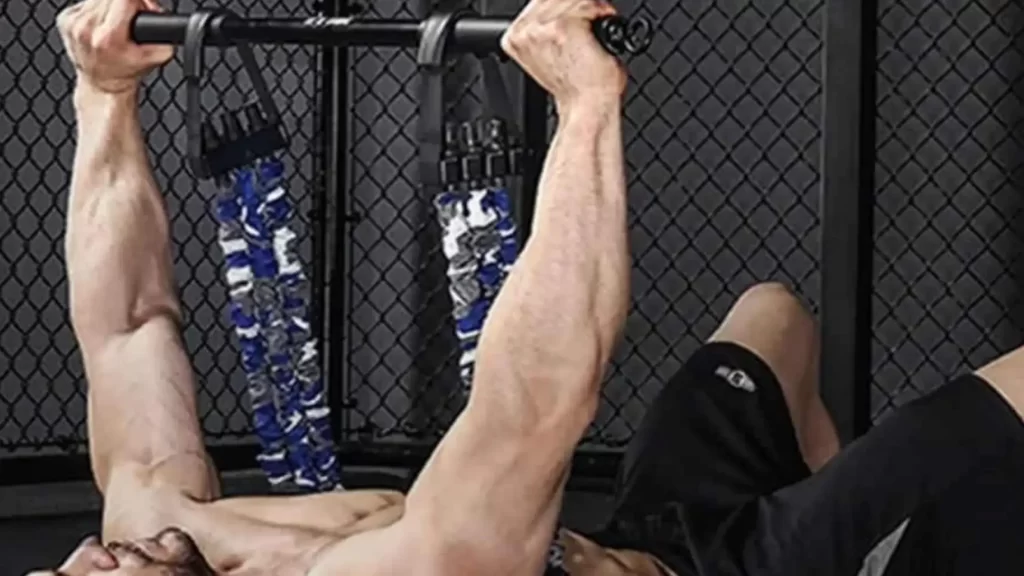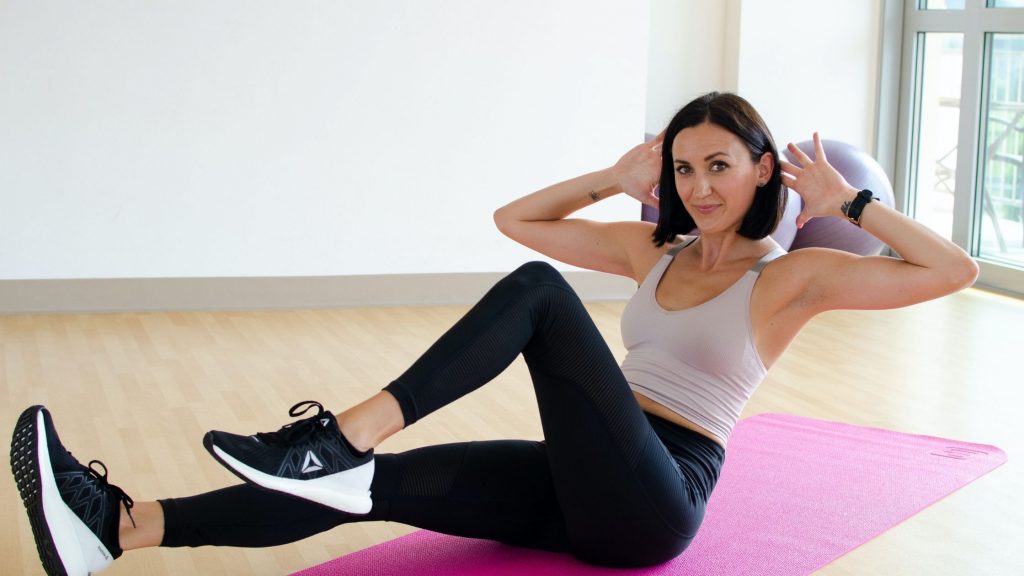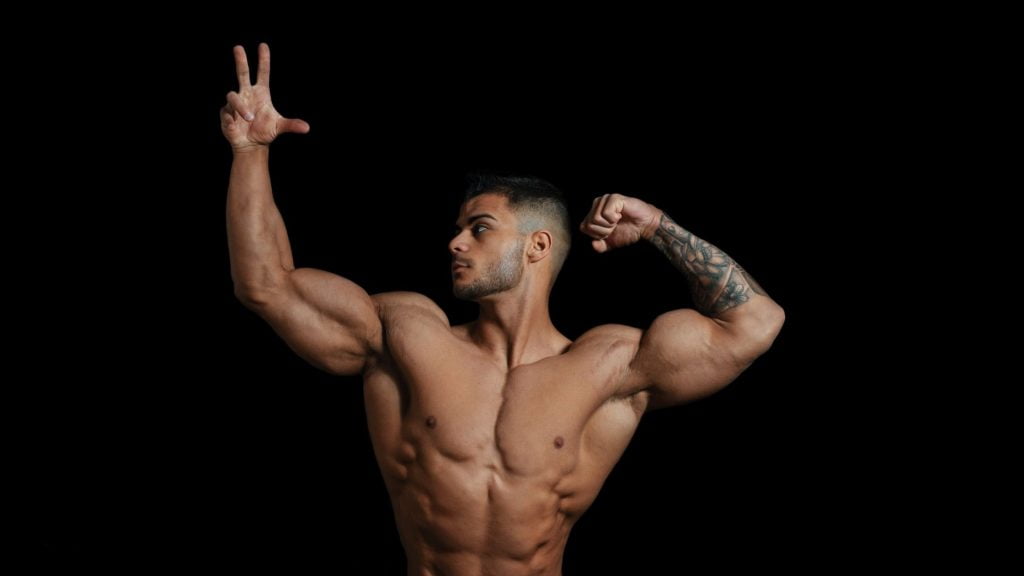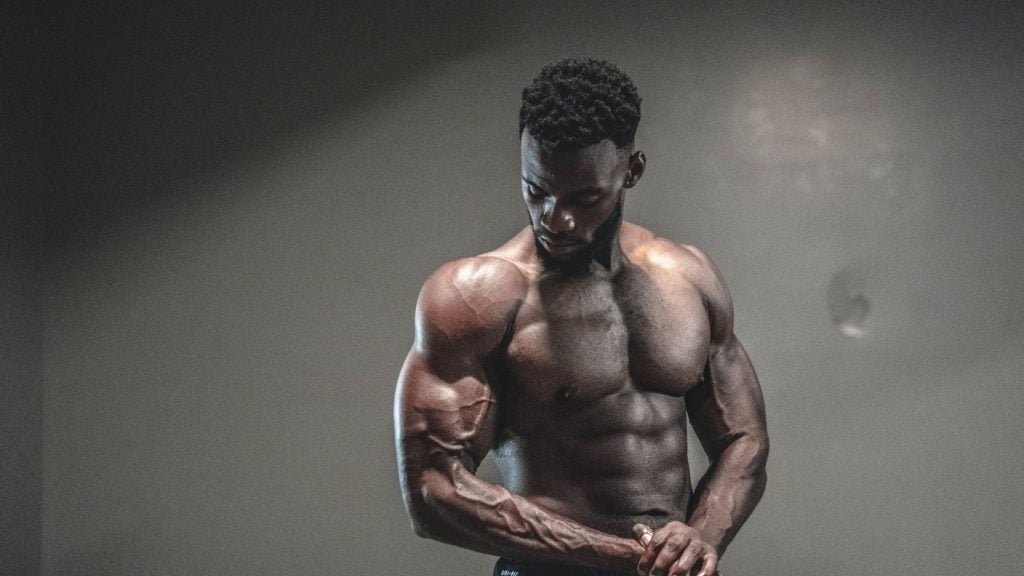When anyone asks me about a perfect explosive exercise I always recommend high pull workout. It’s not only a great way for strengthening the upper back, biceps, and shoulder area. But also hits your hamstrings, glutes, and lower back.
High pulls are the best way to train your delts, and traps which usually get neglected in your daily workout. I have personally noticed significant gains in my delts and traps muscles.
Whether you’re focusing on building muscles or training your shoulders. Then explosive high pull workout can do wonders for you without continuous reps of pullups, squats, and presses.
In our first article on high pulls. I will try to elaborate on 2 different variations i.e. High pull with the barbell, High pull with the dumbbell. As it is explosive in nature it’s important to mention the right posture can make a difference of 30 to 50 pounds in your lifts. There are high chances for injuries if your posture is not right.
Also, some people confuse high pulls with upright rows broadly speaking. The only similarity between the two is the peak movement in raising the weight which remains parallel to the floor. But the difference is very significant including the focus of a high pull workout on your entire body.
IN THIS ARTICLE
How To Do A Barbell High Pull Workout

Barbell high pull is quite popular among athletes and weightlifters as it’s a compound exercise. This gives you the ability to target multiple muscle groups including hips, knees, shoulders, and upper back together.
If you find the right balance and the weight you can decide between using a single hand or both hands for performing it.
The most important aspect of performing barbell high pull is correct posture. As a lot of people think that they can perform it without posture. Which can lead to an injury and halt their fitness journey.
How to: On the floor stands in a position with your feet wide apart and shoulders wide open. Make sure your back remains straight and your hand grip outside your legs. Now try to raise the bar with both of your hands while keeping your abs and glute muscles engaged. Bring your shoulders together while you’re raising the barbell upwards. Hold the barbell in the peak position for a few seconds and then slowly bring it back to the start position.
Repeat this for 3 sets of 3 to 5 reps each.
How To Do A Dumbbell High Pull Workout

If you’re someone who wants to try some variations you should try Dumbbell high pull. It allows you variation in movements. As both hands are free to move in different permutations and variations at the same time.
Dumbbell high pull helps you to develop explosiveness and generate your muscles quickly. While building lean muscles and boosting energy expenditure. You can build your core and lower body strength with the dumbbell high pull as it engages your chest, shoulder, abdominals, and thighs at the same time.
How to: Stand on the floor or your yoga mat with your feet wide apart. And hold the dumbbell in each hand with your shoulder outside your hip. Now bend forward with balancing your body weight below your knees and keeping your glute engaged and hinged. Raise the dumbbell in rapid movement keeping your back and hips straight. You can transfer your weight from your heels to your toes by raising your heels. Hold the dumbbells in the raised position for few seconds and bring them back to the starting position slowly.
Repeat this for 3 sets with 5 to 8 reps in each set.
ALSO READ: 6 Powerful Chest And Back Workout
What is the right way to do high pulls?
The high pull is an explosive exercise. So it becomes essential that you strictly focus on the right posture before trying it. If you’re just starting out with it I will recommend you to first practice the posture and the rapidness of this workout before using weights.
Don’t bend your back. Keep your chest and back straight with your face in the front position to minimize the effect of momentum. Which will be generated due to the explosiveness. It’s also crucial to always keep your knees and glute/hip muscles intact so you can easily transfer your weight while performing the high pull workout. If you feel any stress on your knees and glute you can always extend your elbows to counterbalance while raising the weights above the chest level.
What muscles do high pulls workout work?
The high pull exercises are known for building muscle strength, explosiveness, and power. As I mentioned in the beginning it’s a complete workout that can do wonders for your postural health by strengthening your arms, shoulder, back, knees, and core.
It touches and train multiple muscle groups at the same time which includes triceps, abdominals, rhomboids, deltoids or delt muscles, lower back, glutes or hip muscles, quadriceps, hamstrings, calves, latissimus dorsi, lower and upper traps.
With the different variations available for the dumbbell high pull exercises you can train your core and hips for other exercises like presses, snatch, hang cleans, and jerks.
Are high pulls good or bad?
I’m of the belief that no exercise is as such bad as well as not every exercise is perfect for every person. It solely depends on your fitness level, training, and body built whether or not you should go for this exercise.
High pull if done without taking into consideration the right posture can cause injuries. As the high pull involves the internal rotation of shoulders and spine extensions it needs to perform carefully as for the lower body if you’re not trying any variations it requires little mobility and concerns. Some athletes don’t prefer high pull workouts as they can achieve the same level of explosiveness with the combination of other exercises with lesser chances of injuries.
However, you can achieve quick results with a high pull workout routine as it allows you to include multiple muscle groups which prevent your posture from getting hunched. You can generate more power and explosiveness with the high pull exercise just by changing the travel distance of weight from the peak position. Also, it helps you to improve your clean and jerk skills.
What is the difference between an upright row and a high pull?
Most people confuse between High Pull and Upright Row but there is more difference than similarities between the two. If you consider only the basic weightlifting moves you’ll be deceived.
I will start with the fact that while the upright row focuses on the delt it’s not the case with the high pull. The latter involves pairs of shoulder joints and multiple muscle groups throughout the arms, glute, lower back, and legs.
Even the shoulder elevation in the upright row is done with an overhand grip and bent elbows which works extensively on lateral. deltoid. The upright row is considered a great exercise for traps and has little impact on the rotator cuff, rhomboids, lower back, and quads with its shoulder elevation movements.
Final Word
A high pull workout is a great way to build explosive strength and power along with postural correctness and mobility. Its ability to work on various muscle groups including deltoid, rhomboids, abdominals, lower back and shoulder at the same time make it quite popular among athletes and weight lifters.
You can pick any one of its two variations according to your requirements but make sure to take care of proper conditioning and posture to prevent any injuries. It’s important not to confuse High Pull with Upright Row as the former focuses on the complete body explosiveness and joints while the latter is recommended only for traps and delts muscles.














Pingback: 10 Best Trap Workouts: Train Upper & Mid Trapezius | innstarbands.com